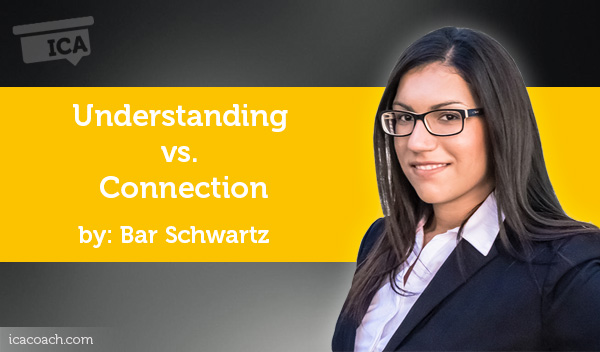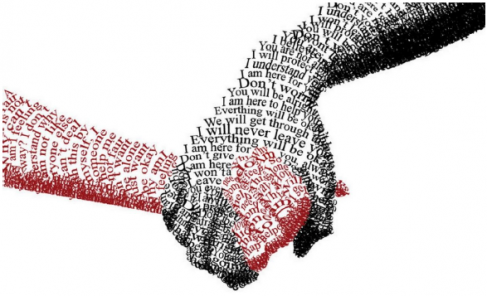
A Coaching Power Tool Created by Bar Schwartz
(Executive & Leadership Coach, GERMANY)
If we seek to understand others first, we’re more likely to listen before we speak.
Meet Daine. Daine is a team lead at a large corporate company that is on the journey to becoming more agile. Her team owns an essential aspect of the product development cycle. However, as the field is new and highly misunderstood, the majority of the company does not understand how their work impacts the success or failure of the product. Hence, they allow her team to make decisions on a tiny aspect of product development, rather than involving them as early as possible. Diane knows that and her team knows that. Her managers, however, think like the rest of the company.
Daine is on the mission to change the way her field is being perceived by the rest of the company and position her team as more strategic than tactical. She spoke to her managers, her direct colleagues, and colleagues at other departments. After long conversations where nothing seemed to happen, she started giving up. “They don’t understand me,” she said and started thinking about new roles or new companies, where this fight is not needed, and she can create the impact she would like to create.
Daine feels misunderstood. Not being able to gain an understanding of her managers and colleagues made her frustrated and defeated. Especially since she likes her company and her team so switching to a different company feels undesirable.

How many people feel like Daine? Misunderstood. Not sure how to enable the other person to see things from our lenses instead of their lenses.
Each person has a world view, driven by their unique personality, culture, experience, and beliefs. Even two twins who grew up together at the same home would have a different lens, shaping how they understand the world around them. Therefore, no one can fully understand another. Even when we feel understood by someone, it is still their understanding and not our understanding. So how come this need to be understood is so strong?
Feeling understood creates a strong feeling that the other person knows us. We speak about the same thing, we value the same thing, we connect. Not feeling that others really understand us can leave us feeling estranged from the other person, not seeking to connect with them or understand them.
When we are understood, we feel connected, validated and empowered. When we are misunderstood, we feel alone, disapproved and rejected. The surprising aspect of that, however, is that the other person often feels the same. Therefore, if we take a step back and seek to understand the other person first, we can form a connection that would enable us to find a solution we both buy-in to.
Let’s take Daine as an example. Daine has a long chain of people to impact before she can change her positioning at the company. Thus, if she manages to get one person from her leadership onboard on this idea, she has another person more to support her on advocating for her team. Especially if this person has a firm network at the organization. Hence, she chose the product manager as the person she would like to impact.
How would this conversation differ if Daine seeks to be understood vs. seek to connect?
How would this conversation differ if Daine seeks to connect vs. be understood?

Step 1 – Face the feelings and the story we tell ourselves around it
Each person is different. Once we realize the client is stuck because of their focus on not being understood, it is a flag to dive deeper and understand the feeling this focus creates.
For example, when Daine feels misunderstood, it triggers her feeling of being “undervalued” – “people don’t appreciate my work.” When asked to evaluate how real this story is, she said: “of course they think my work is valuable, they just never learned how more valuable it could be.”
Step 2 – Shift the focus to connection
Once the client understands their feelings, reasons and triggers for those feeling, and the story they told themselves around it, they are ready to focus on the other person.
For example, once Daine let go of feeling undervalued, she could start focusing on how to teach people the value of her field. Her new focus is on what her product manager values so that she can create unique learning opportunities for him in alignment with what he appreciates. In her case, the product manager focused on generating more revenue. By sharing with him a few examples of how her field enables higher revenue, the product manager was more willing to try it out with one project. When the project succeeded, he became her advocate.